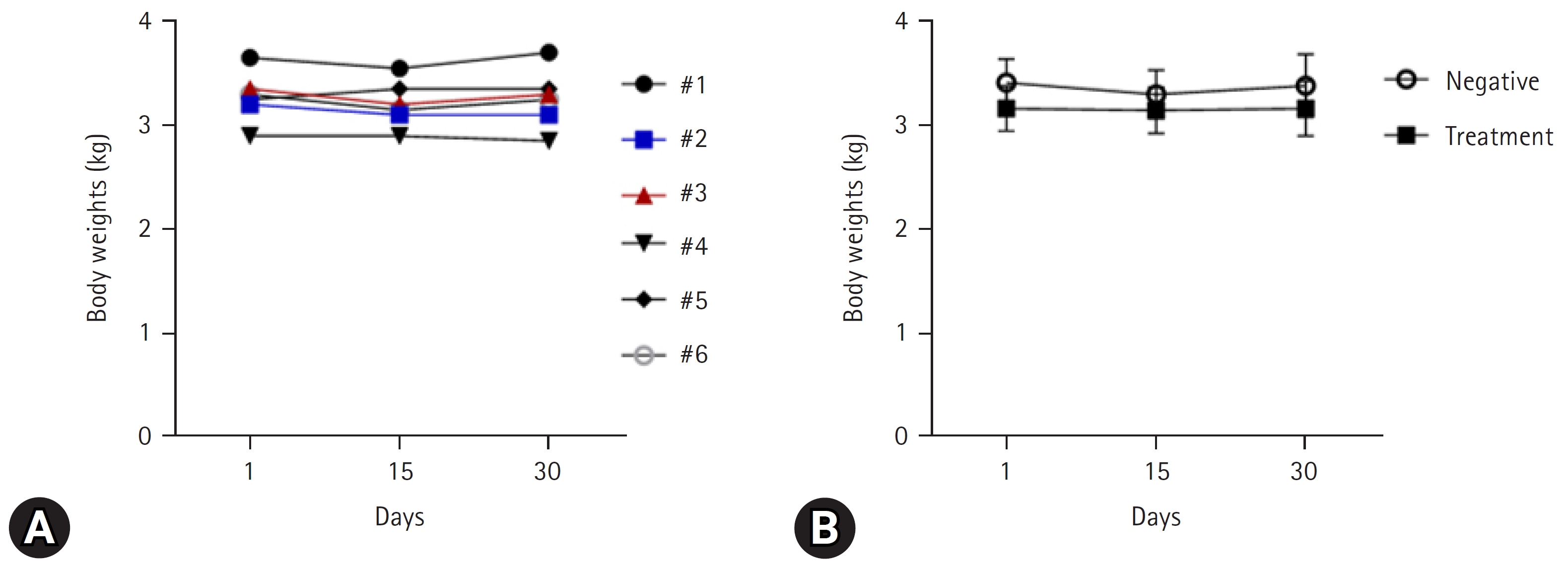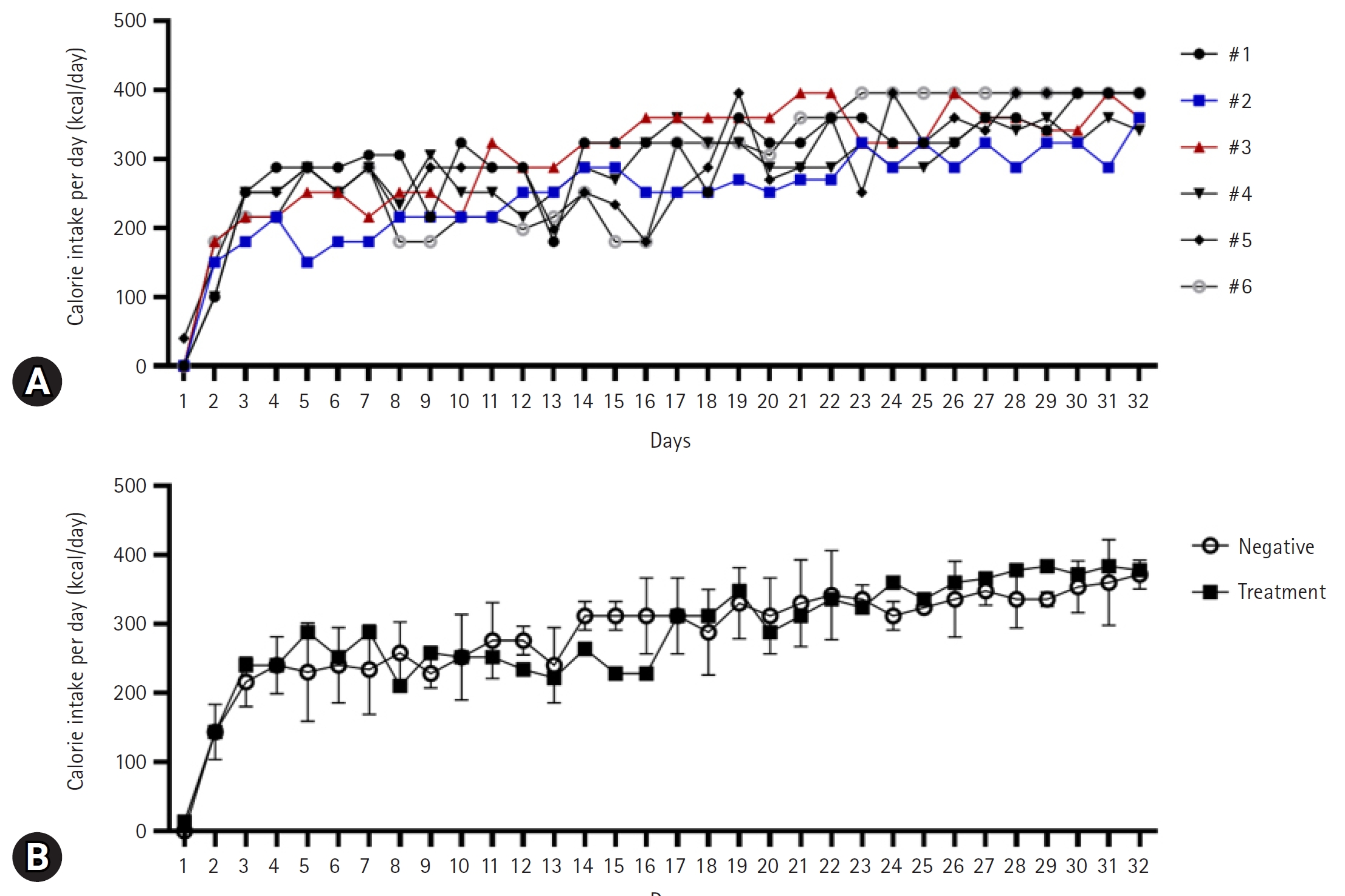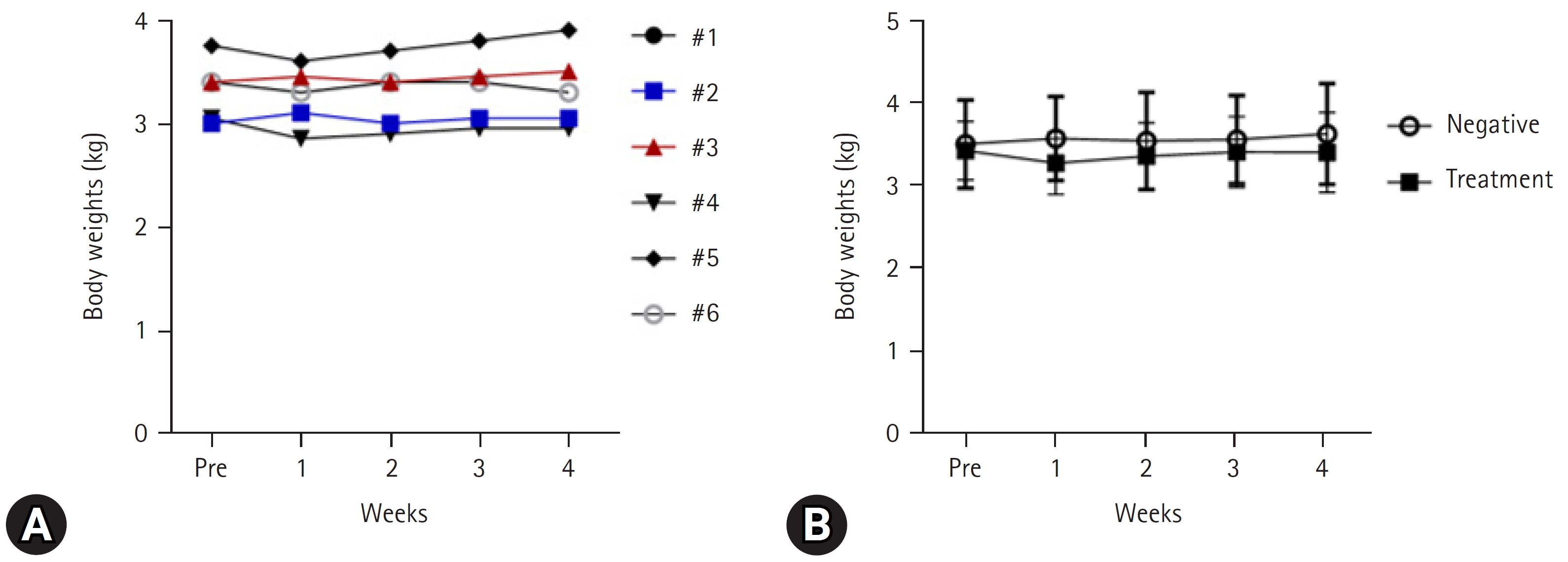6. Avi RD, Paul S, Muhit S, Chowdhury MM, Sen A. A report on Tuberculosis in Monkeys (Macaca mulatta): a case study at Chittagong Zoo. Int J Environ Agric Biotechnol 2017;2:238870.

7. Hu G, Du H, Liu Y, Wu G, Han J. Herpes B virus: History, zoonotic potential, and public health implications. Biosaf Health 2022;4:213-219.

8. Schmidlin E, Kaeser M, Gindrat AD, Savidan J, Chatagny P, Badoud S, Hamadjida A, Beaud ML, Wannier T, Belhaj-Saif A, Rouiller EM. Behavioral assessment of manual dexterity in non-human primates. J Vis Exp 2011;(57):3258.



12. Hearn JP. Paper presented at: International Perspectives: The Future of Nonhuman Primate Resources: Proceedings of the Workshop; 2002 Apr 17-19; Washington, DC. Washington, DC: National Academies Press, 2003.
17. Tranquilli WJ, Grimm KA. Introduction: Use, Definitions, History, Concepts, Classification, and Considerations for Anesthesia and Analgesia. In: Grimm KA, Lamont LA, Tranquilli WJ, Greene SA, Robertson SA, eds. Veterinary Anesthesia and Analgesia. 5th ed. pp. 1-10, John Wiley & Sons, Ames, 2015.
19. Lester PA, Moore RM, Shuster KA, Myers DD. Anesthesia and Analgesia. In: Suckow MA, Stevens KA, Wilson RP, eds. The Laboratory Rabbit, Guinea Pig, Hamster, and Other Rodents. pp. 33-56, Elsevier, London, 2012.
21. Choi K, Chang J, Lee MJ, Wang S, In K, Galano-Tan WC, Jun S, Cho K, Hwang YH, Kim SJ, Park W. Reference values of hematology, biochemistry, and blood type in cynomolgus monkeys from Cambodia origin. Lab Anim Res 2016;32:46-55.



22. Wang C, Liu S, Liu F, Bhutta A, Patterson TA, Slikker W Jr. Application of nonhuman primate models in the studies of pediatric anesthesia neurotoxicity. Anesth Analg 2022;134:1203-1214.


24. National Research Council, Institute for Laboratory Animal Research, National Academies Press. Guide for the Care and Use of Laboratory Animals. 8th ed. National Academies Press, Washington, DC, 2011.
25. Grimm KA, Lamont LA, Tranquilli WJ, Greene SA, Robertson SA. Veterinary Anesthesia and Analgesia. 5th ed. John Wiley & Sons, Ames, 2015.
27. DeMarcus T. Nonhuman Primate Importation and Quarantine: United States 1981-2001. pp. 149-155, International Perspectives: The Future of Nonhuman Primate Resources, National Academies Press, Washington, DC, 2003.
28. Siddiqui B, Kim P. Anesthesia Stages. StatPearls Publishing, Treasure Island, 2020.
29. Hedenstierna G, Edmark L. Effects of anesthesia on the respiratory system. Best Pract Res Clin Anaesthesiol 2015;29:273-284.


30. Kohn DF, Wixson SK, White WJ, Benson GJ. Anesthesia and Analgesia in Laboratory Animals. 2nd ed. Elsevier, Amsterdam, 1997.
31. Suckow MA, Stevens KA, Wilson RP. The Laboratory Rabbit, Guinea Pig, Hamster, and Other Rodents. Academic Press, London, 2012.
33. Lee VK, Flynt KS, Haag LM, Taylor DK. Comparison of the effects of ketamine, ketamine-medetomidine, and ketamine-midazolam on physiologic parameters and anesthesia-induced stress in rhesus (Macaca mulatta) and cynomolgus (Macaca fascicularis) macaques. J Am Assoc Lab Anim Sci 2010;49:57-63.


34. Li Q, Chan W, Rudd J, Wang C, Lam P, Wai M. Ketamine. In: Dargan P, Wood DM, eds. Novel Psychoactive Substances: Classification, Pharmacology And Toxicology. Elsevier, Amsterdam, 2013.
35. Flecknell P. Laboratory Animal Anaesthesia. 4th ed. Academic Press, Amsterdam, 2015.
36. Flecknell P, Lofgren JL, Dyson MC, Marini RR, Swindle MM, Wilson RP. Preanesthesia, Anesthesia, Analgesia, and Euthanasia. In: Fox JG, Anderson LC, Otto GM, Pritchett-Corning KR, Whary MT, eds. Laboratory Animal Medicine. 3rd ed. pp. 1135-1200, Elsevier, Amsterdam, 2015.
37. Demiroz Aslan D, Ucar M, Erdogan MA, Sanli M, Gulhas N, Colak C, Durmus M. Effects of ketofol and propofol on intubation conditions and hemodynamics without the use of neuromuscular blockers in patients undergoing tympanomastoidectomy. Med Sci 2019;8:381-384.

38. Subramaniam K, Subramaniam B, Steinbrook RA. Ketamine as adjuvant analgesic to opioids: a quantitative and qualitative systematic review. Anesth Analg 2004;99:482-495.


39. Kuo WC, Keegan RD. Comparative cardiovascular, analgesic, and sedative effects of medetomidine, medetomidine-hydromorphone, and medetomidine-butorphanol in dogs. Am J Vet Res 2004;65:931-937.


40. Carstens E, Moberg GP. Recognizing pain and distress in laboratory animals. ILAR J 2000;41:62-71.


41. Williams BS. Nonopioid Analgesics: Nonsteroidal Antiinflammatory Drugs, Cyclooxygenase-2 Inhibitors, and Acetaminophen. In: Benzon HT, ed. Essentials of Pain Medicine. 4th ed. pp. 457-468, e452, Elsevier, Philadelphia, 2018.
44. Association of Primate VeterinariansŌĆÖ guidelines for assessment of acute pain in nonhuman primates. J Am Assoc Lab Anim Sci 2019;58:748-749.
















 PDF Links
PDF Links PubReader
PubReader ePub Link
ePub Link Full text via DOI
Full text via DOI Download Citation
Download Citation Supplement
Supplement Print
Print



